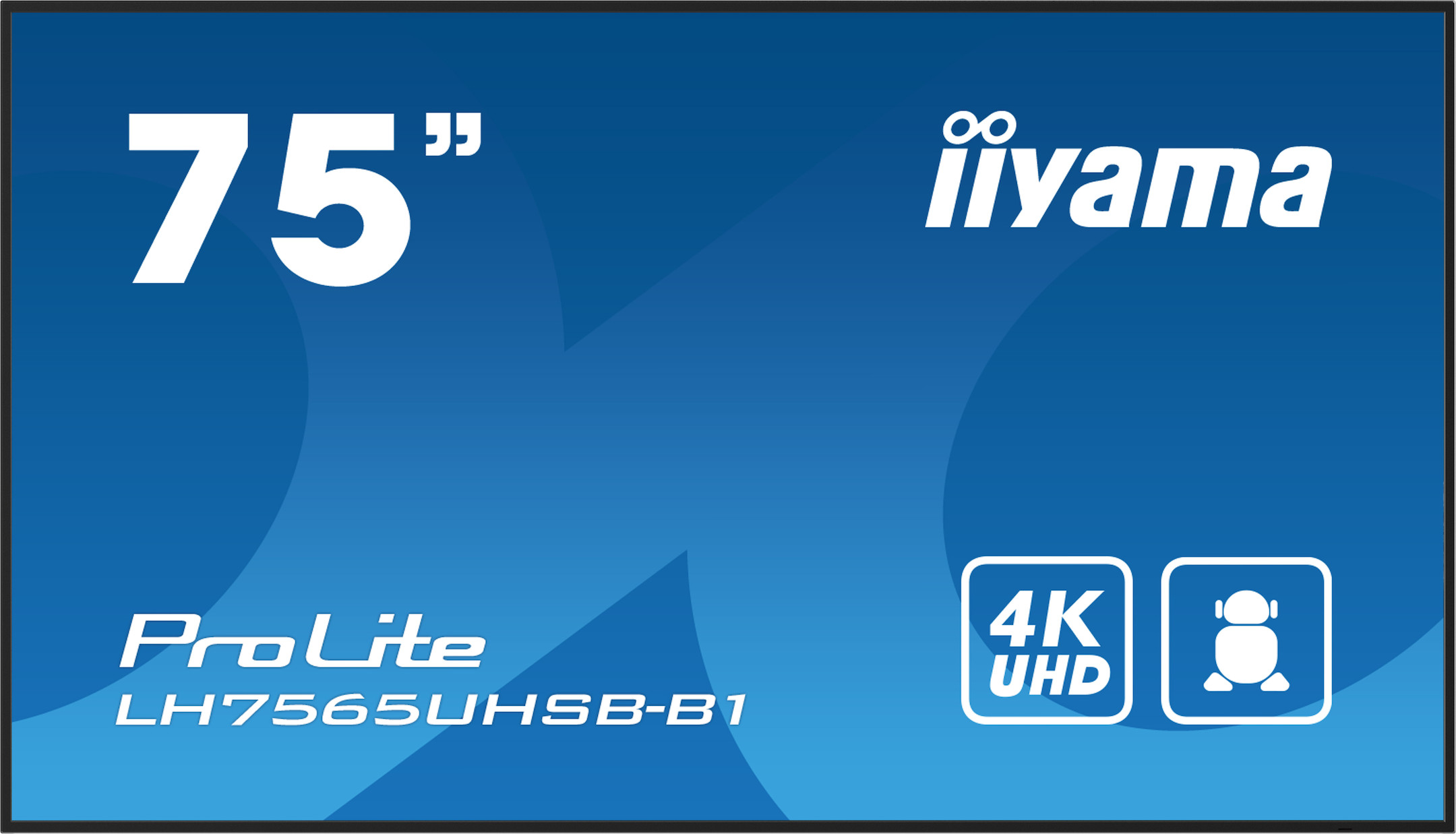











































£1,331.00*
- Resolution 3840 x 2160 4K UHD
- Max. Brightness 800 cd/m²
- Panel type IPS
- Contrast Ratio 1,200 :1
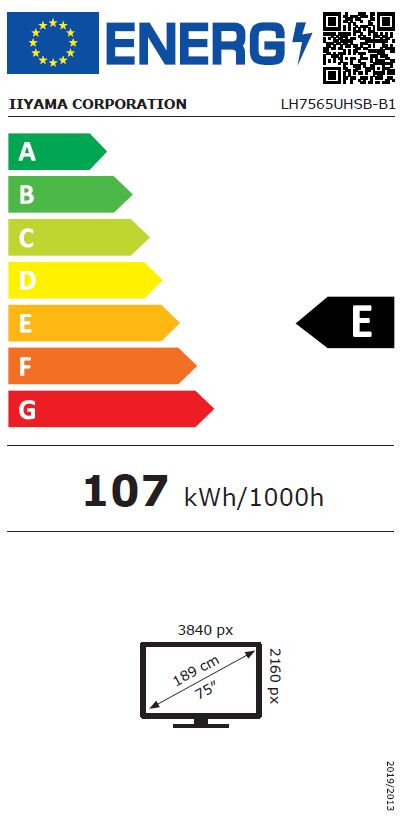


Product information
PROLITE LH7565UHSB-B1
Create dynamic, eye-catching content that captures the attention of your audience. With a brightness of 800 cd/m², the LH7565UHSB can be used around the clock in both portrait and landscape mode. Its versatility adapts to the requirements of your industry. The integrated Android 11 operating system allows for easy display customisation and seamless execution of a variety of third-party applications, including multiple CMS platforms.
The integrated iiSignage² (content management system) enables complete control over messaging and advertising, fully remote and secure. Signal FailOver ensures that content is proactively displayed via selected inputs in business-critical environments. An in-built (and removable) WiFi module enables remote transmission of content over the network.
The EShare application enables effective collaboration within the organisation or school. You can share content wirelessly and more easily than ever before.
ANDROID OS
Thanks to the Android operating system, applications can be easily installed and the screen can be flexibly customised to your needs.
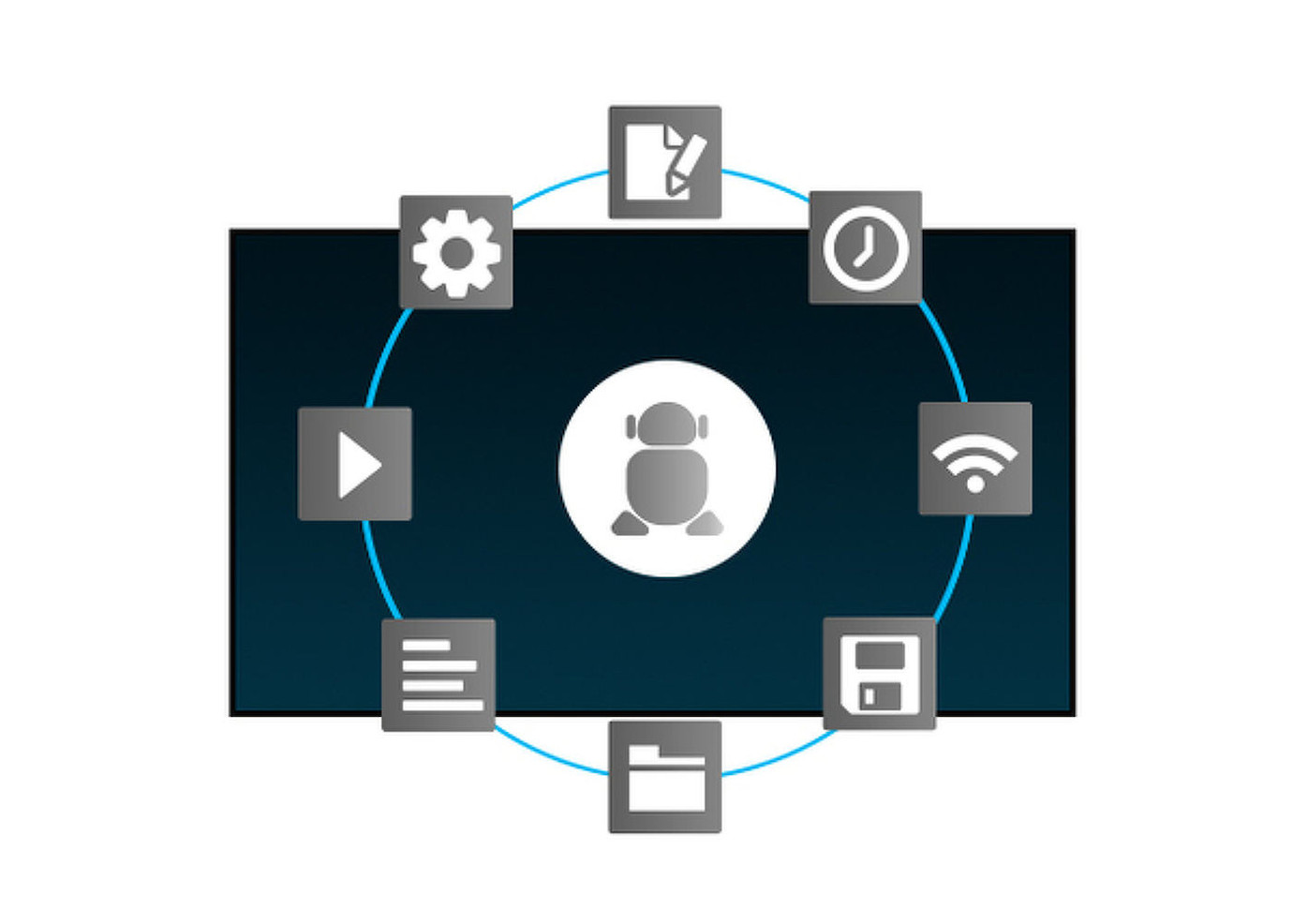
IISIGNAGE²
iiSignage² is our digital signage content management platform that can be used to easily display and control your content and securely manage your iiyama displays. The Content Management System (CMS) gives you total control over your messages and advertising, which you can easily and securely operate remotely.
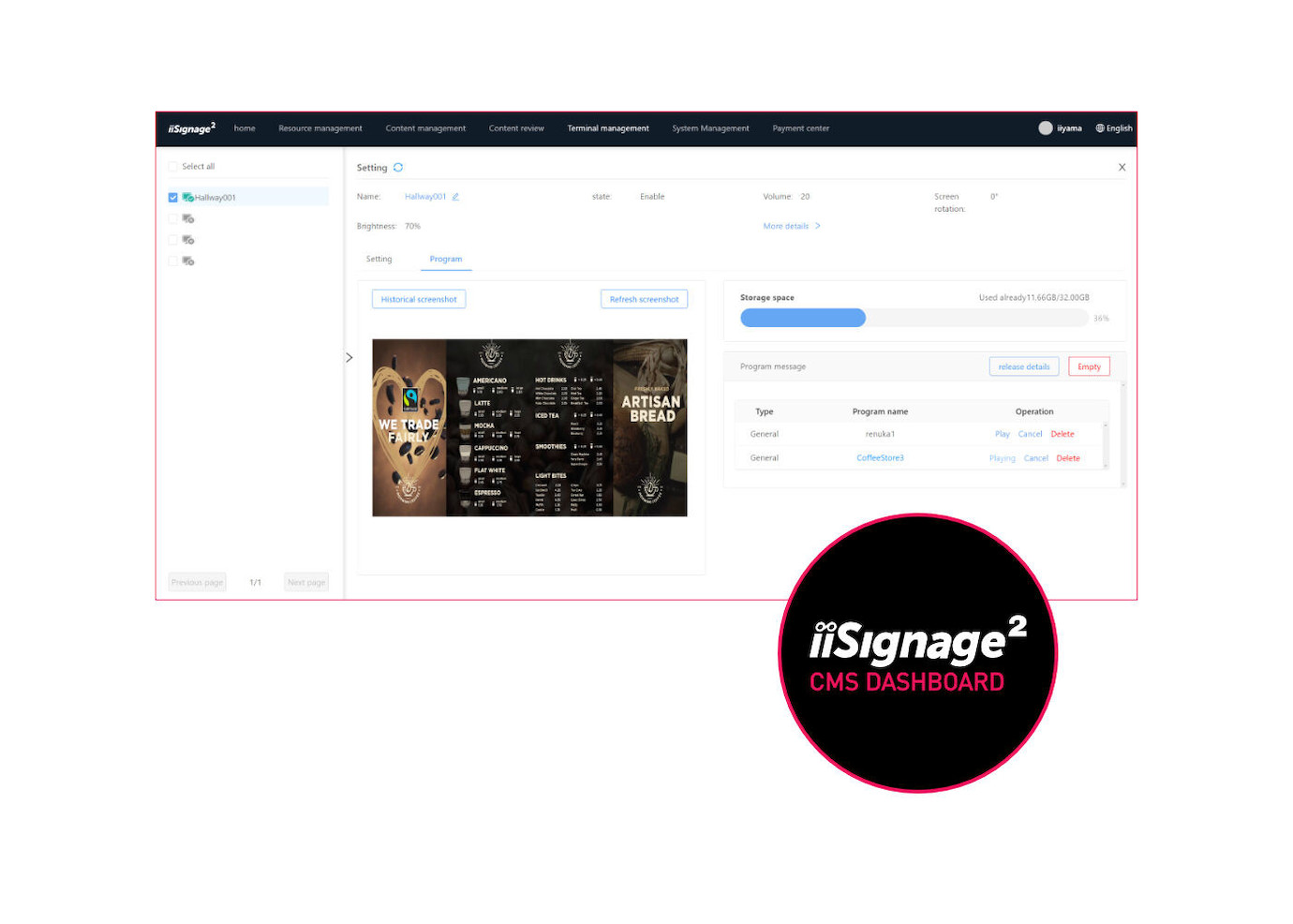
SIGNAL FAILOVER
FailOver is a feature that automatically recognises input sources. If there is no signal at the standard input, the device automatically switches to the next available input. FailOver allows the customer to prioritise a range of inputs (including browser, media player and custom) and ensures that your content is always actively displayed.
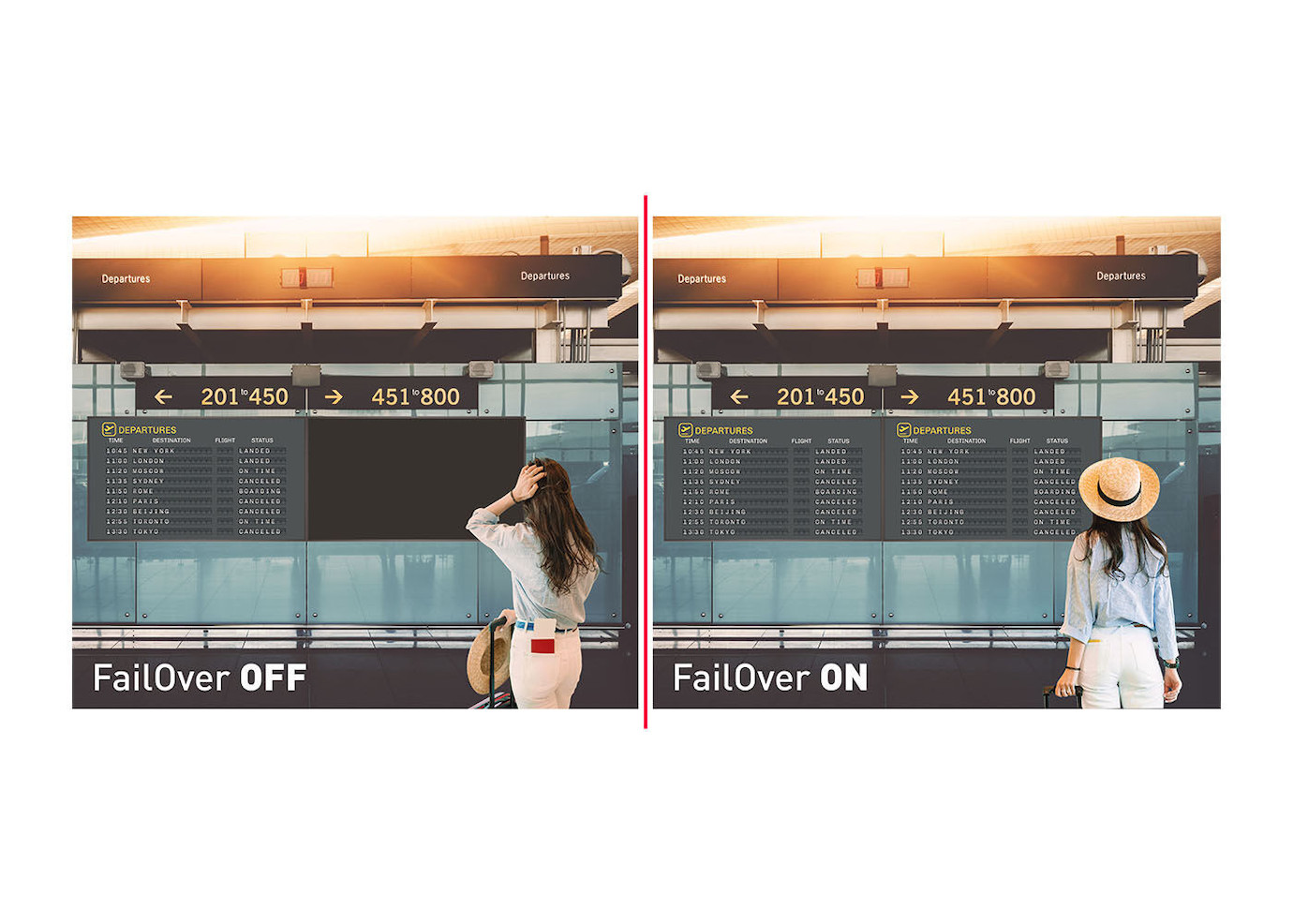
4K
The 4K resolution with 3840x2160 pixels offers 4 times more space than comparable Full HD displays, providing a huge working area on the screen. Due to the high DPI (dots per inch), images are displayed incredibly sharp and clear.
Technical data
| Name | iiyama LH7565UHSB-B1, 75", Display |
|---|---|
| Article number | 1000031771 |
| GTIN/EAN | 4948570123599 |
| Manufacturer SKU | LH7565UHSB-B1 |
| EPREL ID | 1962589 |
| Model name | LH7565UHSB-B1 |
| Brand | iiyama |
| Product Type | Non-Touch Display |
| Product Series | iiyama LH Series |
| Technology | LCD |
| Panel type | IPS |
| backlight | LED |
| Resolution | 3840 x 2160 4K UHD |
| Diagonal | 75" |
| Aspect Ratio | 16:9 |
| Viewing angle - Horizontal | 178° |
| Viewing angle - Vertical | 178° |
| Contrast Ratio | 1,200 :1 |
| Screen finish | Matt |
| Max. Brightness | 800 cd/m² |
| run-time | 24/7 |
| Response time | 8ms |
| Refresh Rate | 60Hz |
| Haze Level | 1% |
| Support - VESA | 600 x 400 |
| Frame width | 14.9 mm |
| Operating system | Android |
| RAM | 4 GB |
| Inputs | 1x 3,5mm Jack , 1x Displayport , 1x Ethernet , 1x RS232 , 2x HDMI |
| wireless technology | WiFi |
| Features | Integrated media player , Integrated speaker , Portrait Mode |
| Product width | 167.95 cm |
| Product height | 95.85 cm |
| Product depth | 5.5 cm |
| Weight | 29 kg |
| Colour | Black |
| EEK Spectrum | A to G |
| Energy efficency class | E |
| Delivery contents | HDMI Cable , Power cable , RS232 cable |
| Condition | New |
| Warranty | 24 Month |
| Warranty type | Onsite Repair Service and support information |
Downloads
Product safety
| Person responsible for the EU |
|---|
| iiyama International Corporate |
| Wijkermeerstraat 8 |
| 2131 HA Hoofddorp |
| Netherlands |
| info.de@iiyama.com |



